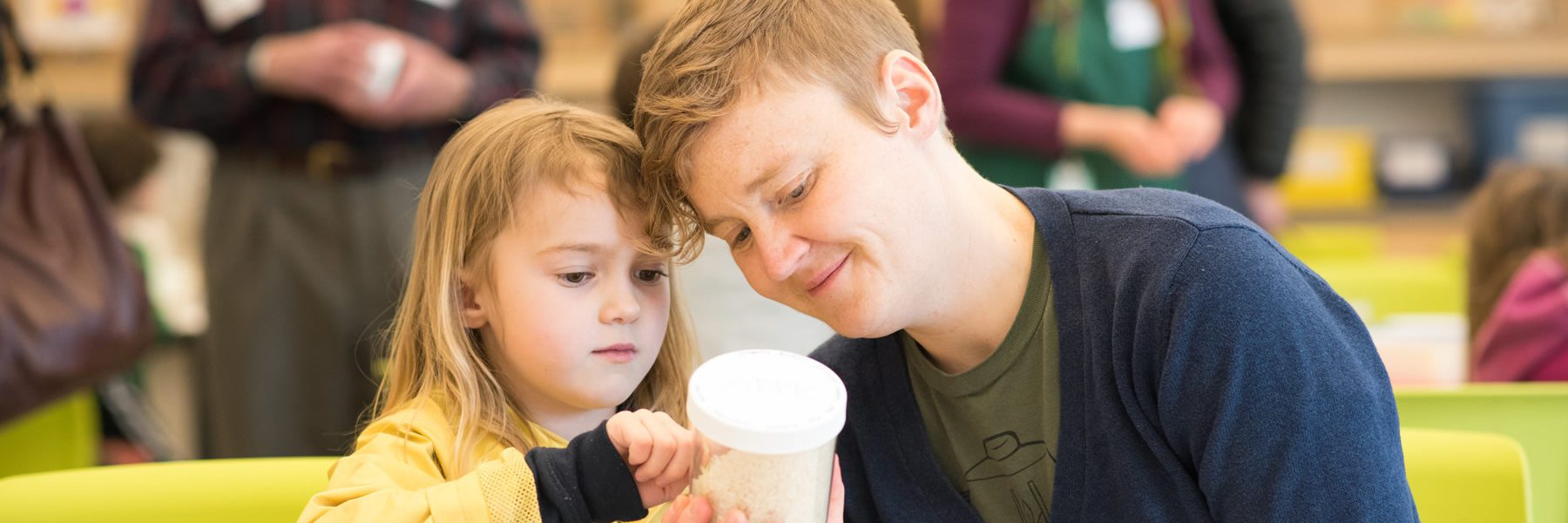
Museum Learning

Please review this document prior to your group’s visit for detailed information on how to prepare for your trip, what to expect when you arrive, and how to make the most of your time at Shelburne Museum. This guide is for both Self-Guided visits and Passport to Learning participants.

Students participating in the Passport to Learning program will record their findings throughout the day in this Passport book. This book also provides instruction on how to complete the self-guided activities available across the Museum grounds. We encourage all Passport to Learning participants to review this digital version of the Passport before the visit. You will receive your Passport books upon arrival at the Museum.

Practice this routine for exploring works of art and other interesting things to encourage careful observations and thoughtful interpretations. This resource is designed for groups participating in the Passport to Learning program and for any educators who want to incorporate this routine into their classroom teaching and self-guided Museum visit.
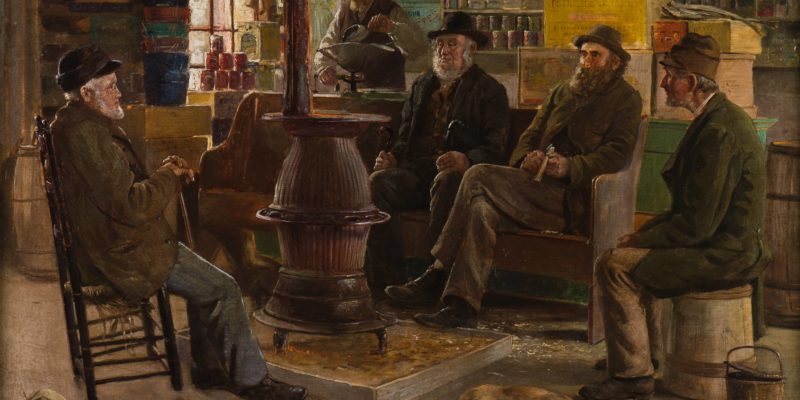
This is an inquiry-based lesson designed to be used in the classroom before and after your visit to Shelburne Museum. This lesson encourages students to think critically and examine the narrative presented by the art and artifacts at the Museum. This lesson is relevant to both self-guided visitors and Passport to Learning participants.
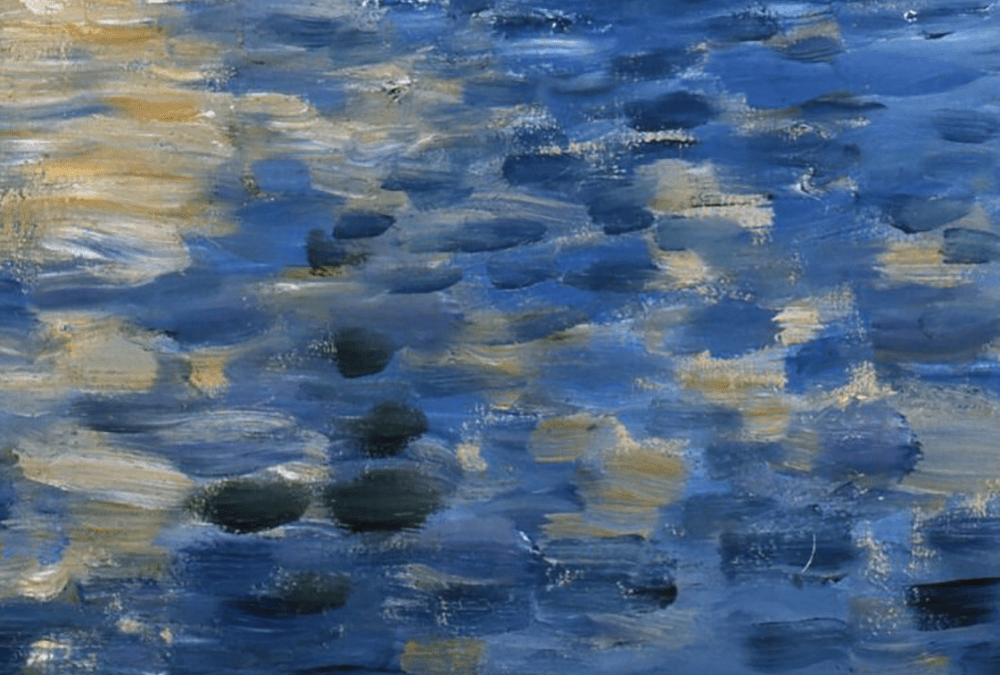

Explore colors, how we see them, and the ways we can mix them to create amazing art by exploring an important painting at Shelburne Museum–The Grand Canal, Venice (Blue Venice) painted by Edouard Manet in 1875.
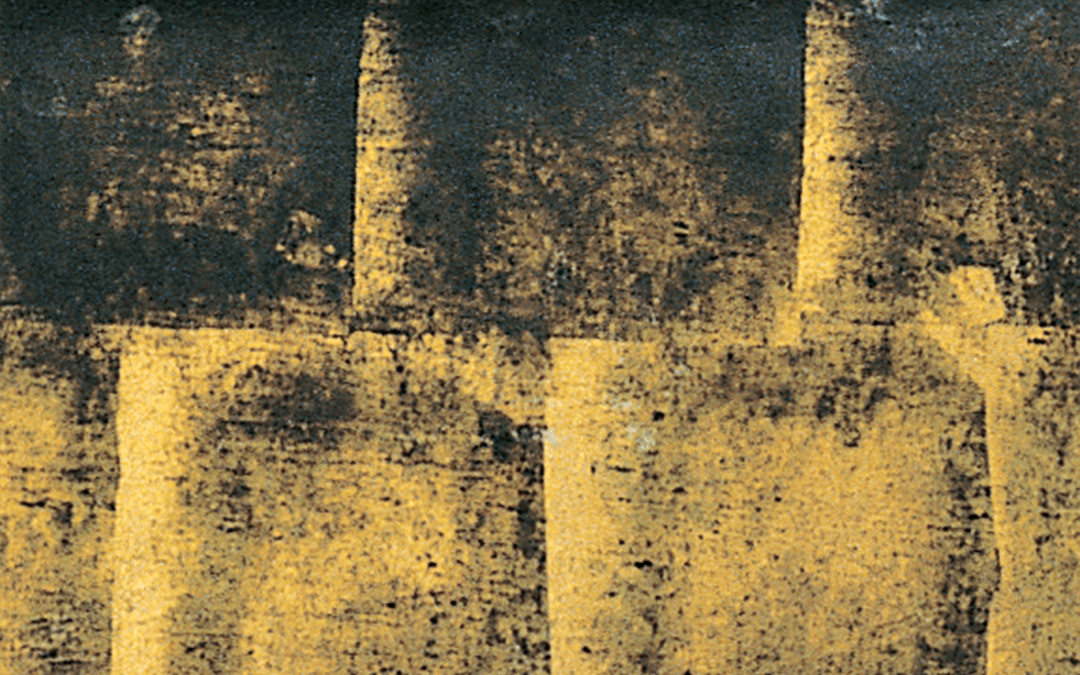

Experience one of the earliest forms of folk art as we design and create a weathervane inspired by the Cow weathervane.


Flowers are beautiful, complex living structures. Today we will look at artistic interpretations of flowers as well as at the structure of a flower to help us learn about their unique anatomy.
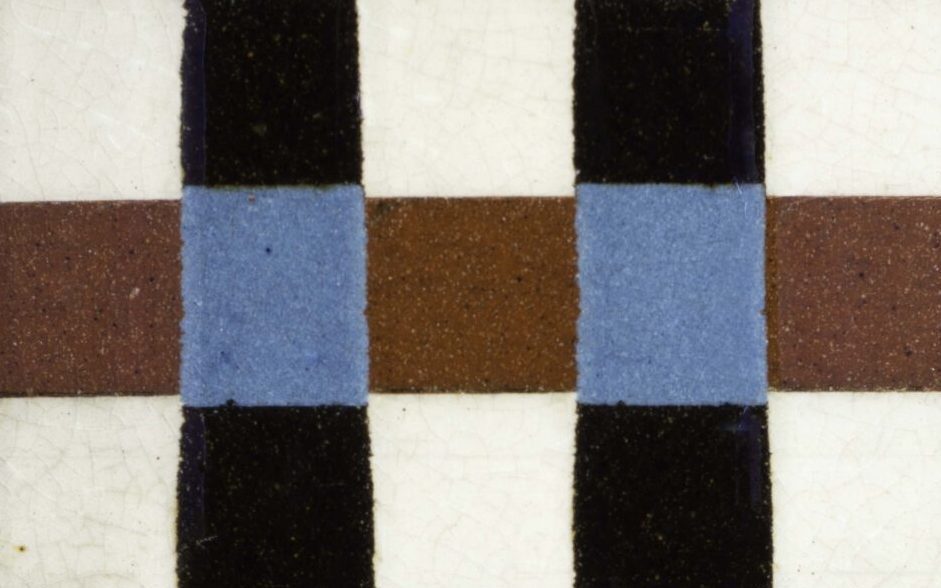

Explore the concepts of color, shape, and design and create our own piece of pottery, inspired by Shelburne Museum’s mochaware collection.


This lesson is inspired by the Museum’s Oversize Slat Canada Goose Decoy. We will learn about the traditional use of decoys, explore the importance of habitat and bird conservation and then create our own habitat for Canada geese.


Capturing people’s likenesses has been a prominent subject matter in art for thousands of years. This activity will explore the connection between artist Mary Cassatt and Louisine Havemeyer, the mother of our founder, Electra Havemeyer Webb, and provide some tools for creating portraits of people important to you.
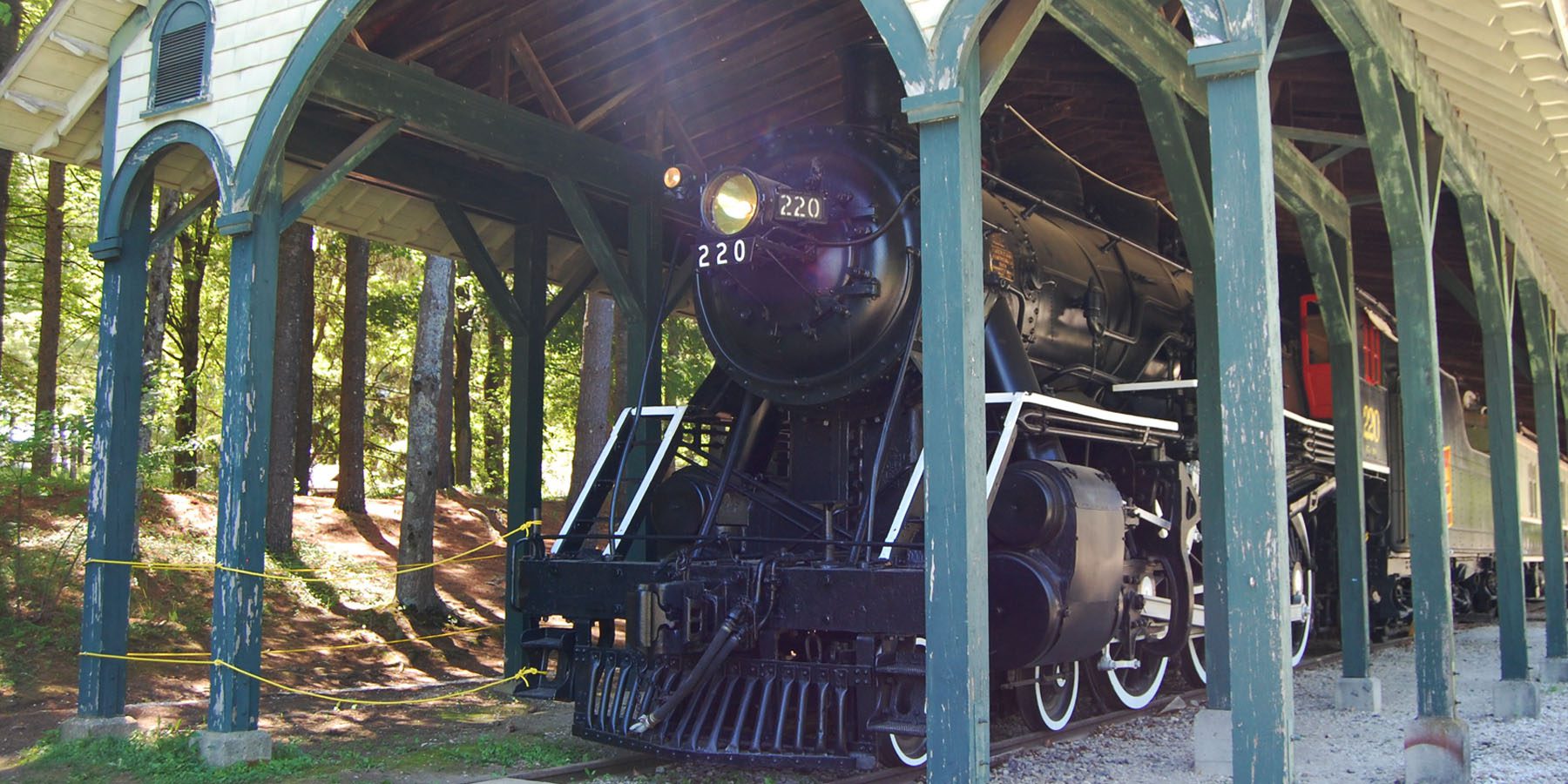

Practice sending messages using Mr. Morse’s code. The telegraph sent electrical signals over wire, speeding up communications over long distances and helped the rail industry run more efficiently. But, you can’t talk into a telegraph. The telegraph sent messages in the language of rhythm using Morse Code, a system named after its inventor.
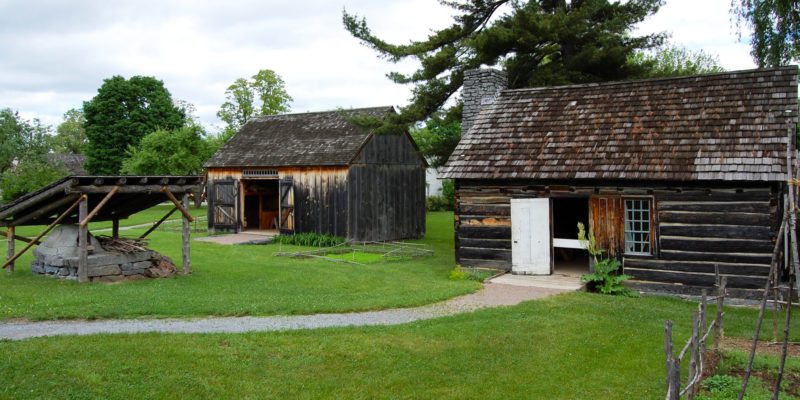

In this lesson we’ll learn about everyday life in Vermont in the 1790s, learn and practice the steps to a popular dance of the time, The Virginia Reel, and explore classic and useful recipes from 18th century kitchens.



In this lesson we’ll learn about everyday life in Vermont in the 1790s, learn and practice the steps to a popular dance of the time, The Virginia Reel, and explore classic and useful recipes from 18th century kitchens.